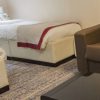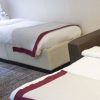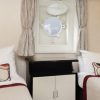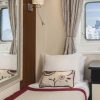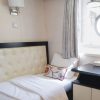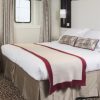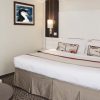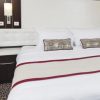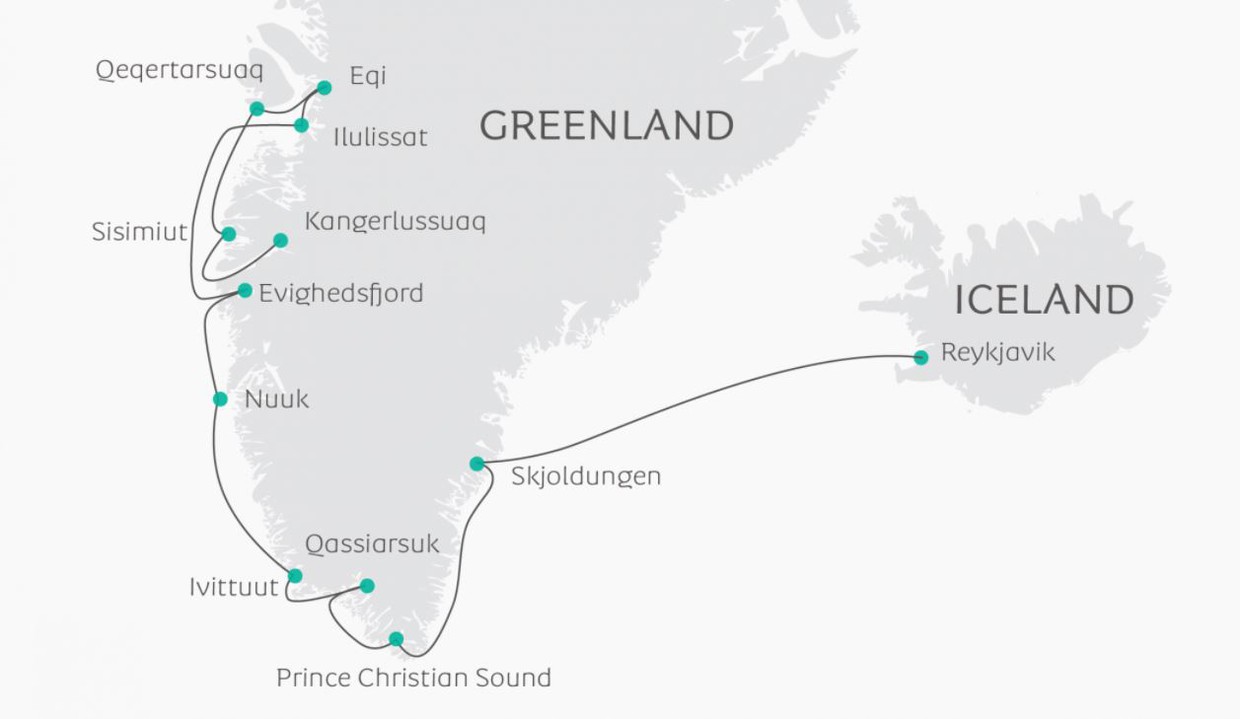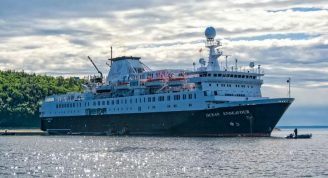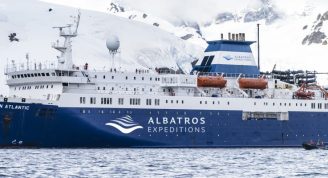Description
Join us on an expedition cruise from Kangerlussuaq to Reykjavík, which follows the same maritime course set by Norse settlers over a thousand years ago. In the Disko Bay, we will experience local folk dancing in Qeqertarsuaq and sail to the renowned Eqi Glacier. At the Sermermiut Plain we will have the chance to admire the World Heritage Site of the Ilulissat Icefjord and the dazzling icebergs in the late evening sun. Further to the south along the western coast of Greenland, we will visit the capital of Greenland, one of the smallest in the world. Before heading north again along the spectacular east coast of Greenland, we will marvel at the narrow cliffs of the picturesque Prince Christian Sound and the charming silence of the undisturbed Skjoldungen Island. An enriching experience of Nordic culture and Arctic nature!



